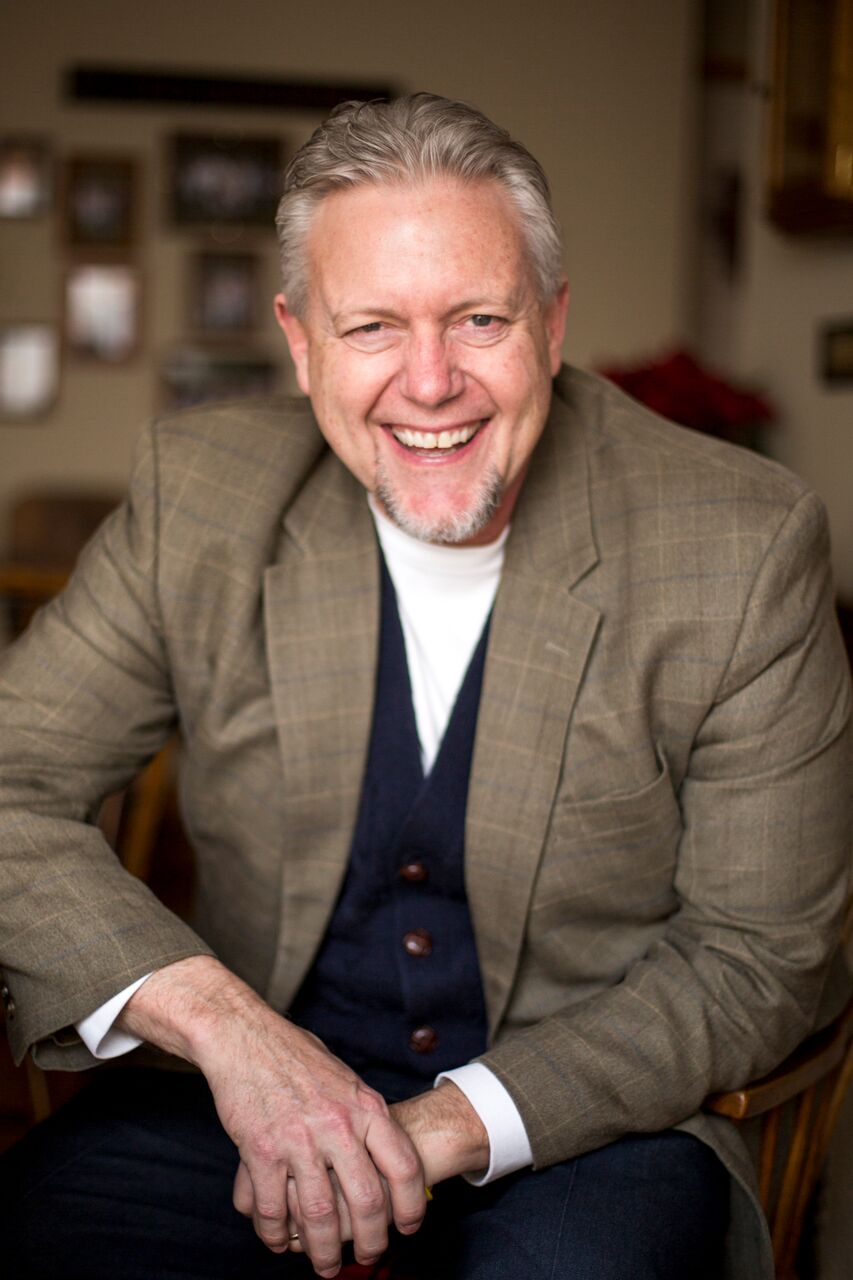Here is the second installment of the podcast interview of Dr. Mark Eckel. We hope you’ll take some time to listen to the whole interview on The Teacher’s Lounge.
Michael Arnold: We offer the faith-learning content you’ve put together through Curriculum Trak. It’s an add-on feature, with about 20 different academic areas. I think we started out with about 10. Tell us a little bit about your thinking behind that. What problem were you trying to solve when you basically created what we’d call a reference sheet, a thought-starter guide?
Dr. Mark Eckel: I was trying to provide a quick start to help teachers learn some basic biblical principles about whatever given subject area they were invested in. So I created a philosophy paragraph which answers the why question. And then from that, I designated some key principles. All of the philosophy and the principles come out of scripture. And that then gives teachers not only an understanding of why they’re teaching their course, but specifically what biblical base is there for that coursework.
Then we went into an arena that asked questions and perhaps gave some thoughtful, attitudinal ideas. And then ultimately the last section of each of those is practice. I gave some examples of what we were talking about in each particular section. I think it’s important for people to know that there are 20 subjects, but there are 80 threads. That’s what I call them. There are 80 different threads – four threads for every one of those subject areas. I picked out what I thought would be important baseline ideas in any given discussion area. That’s the basic overview or framework of how this goes, but also gives a general understanding of why I started it.
How Should Teachers Draw from Faith Learning Content?
M.A.: I think that part of what makes it powerful is it starts right out with that philosophy statement to help teachers who may not even be aware of how they’re thinking about the teaching of math or science or history or language in a way that maybe doesn’t fully embrace biblical truth. It shows them how they can help students embrace biblical truth through the teaching of that topic. A wide range of teachers are finding this faith-learning integration resource to be very helpful. How would you recommend teachers draw from this?
M.E.: Every single teacher I know has to create lesson plans. Or they have to create some kind of calendar for the week that identifies what they’re doing in whatever subject area, whatever class level that they’re in because we’re very intentional as teachers, and we have to know what we’re going to be studying and what pages of the book students need to read and what assignment they’re going to have at the end of the day.
All of those things are very intentional. And so I would also argue that faith-learning integration needs to be intentional. I would encourage you to identify a principal each week in whatever given subject, and maybe by the time the school year’s over, you will have 30 principals that you’ve communicated in one form or another. That would very intentionally layout in your weekly focus what you’re going to be teaching in the classroom.
My point and emphasis here is simply that we already do this. So are we adding something new? No. From a Christian point of view, this ought to be something that begins from our very foundation and just flows through us. And so we’re just trying to get teachers to begin to think this way so they can teach their students Christianly.
Not Limited to Subject Area Content
M.A.: I think what some people who are using it quite regularly find surprising is that I can be a math teacher, but I’m not limited to the math content. Speak to that a little bit. Why do you think that is and what brings that about?
M.E.: So, because I’m an interdisciplinarian, I actually believe that all of these things are interconnected, and I believe that because the biblical doctrine of coherence says that all things are held together by him who has created it. Colossians 1:17 says, “By him are all things held together.” By him, that is Jesus.
So when we think about coherence, we’re really thinking about one of the great educational processes, which is synthesis. When we think about synthesis, how are we going to bring all of these things together? How do we see them as a whole instead of separate parts that we stick together? That begins when we begin to think Christianly about things, when we begin to see the interconnection, let’s say for instance, between teaching Frankenstein and understanding medical ethics.
Or when we begin to ask ourselves the question, where is it that we get our basic energy sources? And is there a problem with wind technology? I think what happens is in math and science, for instance, folks forget that they cannot answer the should questions. Scientists can tell us what they do, but they cannot tell us why they should do it because they’re simply dealing with the created natural order that God has established in his creation. It is up to the ethicist, the person who’s thinking Christianly and theologically about everything to actually identify standards of right and wrong. That’s the reason why, by the way, books like Frankenstein were written as a morality tale so that people would understand that they bear responsibility for what comes out of the laboratory.
If your school has purchased all or some of these faith-learning integration resources, read through these ideas, and what you’ll discover is that there are all different kinds of biblical concepts and principles that apply everywhere across the board in multiplicity of directions again, because God is the one who has established his world the way he did. It works a certain way, and because it works a certain way, then we can see its application in whatever given field we’re in, whatever subject, whatever lesson we’re teaching that particular week.
Development of Faith-Learning Content
M.A.: We have the ebook that we’ve designed as well in Curriculum Trak that allows for a keyword search that’ll just go through all of the strands.
One of the examples we give a lot is if you’re teaching statistics, which is anything from AP statistics all the way back to second or third grade, you type in the word statistics in the ebook, and it’s going to take you to the communications area where it’s talking about honesty and bias in journalism. The typical math teacher teaching statistics isn’t going to necessarily go that direction, but you bring out a lot of resources and ideas about how statistics can be made to say anything. So it’s an interesting thought experiment there.
There are 20 different areas widely used by a lot of different schools, cohesive, friendly, and accessible. So what went into developing these? If you were to describe the process of pulling this together, what did that look like?
M.E.: Oh my, wow. I guess I would say it’s been my life’s work. And honestly, I think I started answering one of your questions about where this all began for me, and I started talking about Francis Schaeffer and his books, The God Who Is There and He Is There and He Is Not Silent and Escaped From Reason. All of these book ideas were in my mind as I was thinking about not only the content of my teaching, but also the communication of it and how all of these fields interact with each other. So the process is really a lifelong process. It’s what I’ve given my life to in one form or another, not only in the classroom day in, day out with students, but also with teachers in seminars and professional development and in services and speaking at banquets and all different kinds of directions that life has taken me.
M.A.: Would you say that the goal is to help teachers grow beyond this into their own practices of biblical integration or faith learning integration?
M.E.: So in the same way that we’re suggesting to teachers, hey, utilize this stuff, put it in daily lesson planning, you do indeed grow from that in the sense that you begin to see things yourself that perhaps you hadn’t thought about before.
And one of the great things about the human mind that God has made is that we are made in his image and because of that, we have an imagination based on this imaging that we have within us. That imagination then will broaden and create creative links in ways for us as teachers that perhaps we wouldn’t have had unless we had actually had the content that would’ve initiated it. Is it a plug-and-play, a fill-in-the-blank approach? Perhaps to begin, but like all of education, we begin at some baseline understanding of whatever the subject area is.
And in this case it’s faith-learning integration. So yes, when we get into the process of plugging that in, seeing it in class, helping our students to understand it, our own thinking is expanded because of it.
M.A.: Absolutely. There’s no right or wrong. But what you’re providing is not when you teach this, you must teach this. It’s not prescripted or completely detailed, like a Teachers Pay Teachers lesson plan would be. It’s truly a support to guide them in their thinking.
M.E.: Yes. Support and coming alongside. Yes, helping teachers understand how it is that whatever given concepts or content they’re looking at in the faith-learning integration realm would be beneficial to them. Yes, to all of those kinds of things. It is not prescriptive in that you have to follow this particular idea.
I would quickly add that there are some ways that people think they are doing biblical integration or faith-learning integration which is not integration. I wrote a book called The Whole Truth, and in this book, there’s a section of seven things that integration is not. And one of the ways that integration is not integration is by illustration.
So let’s say you’re teaching math and you say two Sunday school teachers plus two pastors equals four Christian workers. That is not biblical integration. So we are not looking for a one for one correspondence connection to some kind of Christian thought. We are interested in principles that God has established in his world that are reflected in his scriptures that point us toward how to understand the world better and how to live our lives in a way that honors him.




